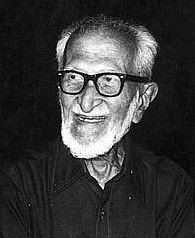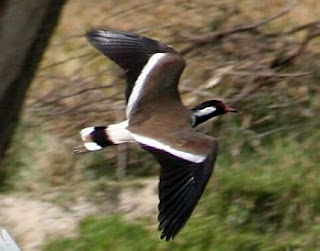They are many varieties of Babblers to clear up some confusion, I list some differences in two varieties of this bird species.
****************************************************************************************************
 He later undertook a systematic bird study of various Indian princely States, and with Richard Meinertzhagen, made an expedition into Afghanistan. Salim Ali was accompanied and supported on early ornithological surveys by his wife, who sadly died in 1939.
He later undertook a systematic bird study of various Indian princely States, and with Richard Meinertzhagen, made an expedition into Afghanistan. Salim Ali was accompanied and supported on early ornithological surveys by his wife, who sadly died in 1939.








Males possess metatarsal spurs or "thorns" used primarily during fights. Suitable males may gather harems of several females, each of which will lay three to five eggs. Wild peafowl often roost in forest trees and gather in groups called parties. The female (peahen) Indian Peafowl has a mixture of dull green, brown, and grey in her plumage. Although she lacks the long upper tail coverts of the male, she does have a crest. Females can also display their plumage to ward off danger to their young or other female competition. The average lifespan of these birds in the wild is 20 years. The male size: Body, 35 to 50 in (90 to 130 cm); Tail, 5 ft (1.5 m) and Weight: 8.75 to 13 lbs (4 to 6 kg).


Baya Weavers eat mainly grass seeds and have large conical beaks to deal with their food. This bird forages in flocks, in grass as well as on the ground and flock flies in close formation, often performing complicated manouvres.


